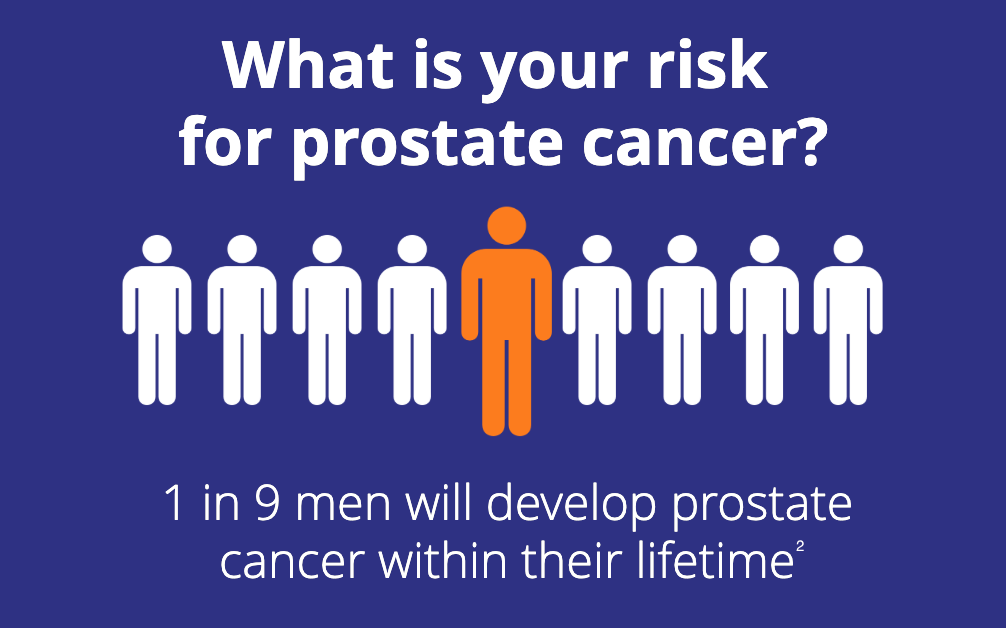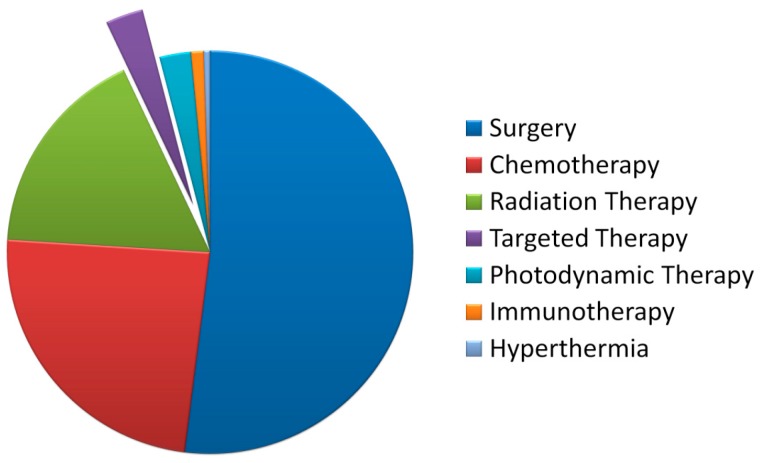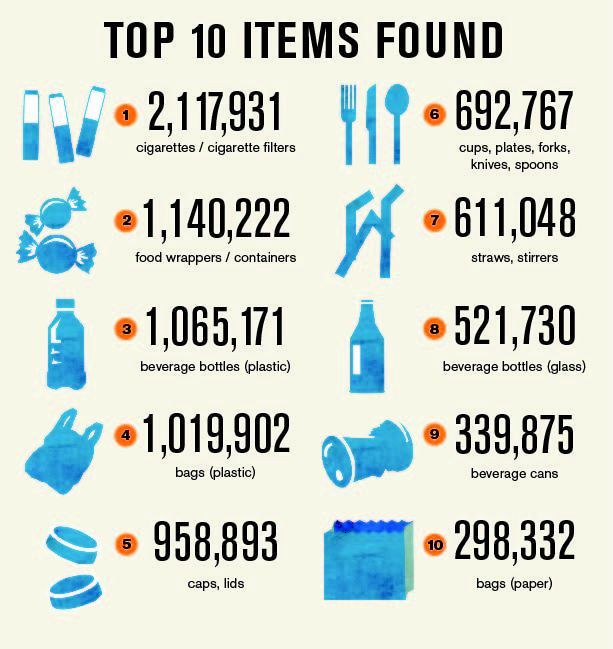
Source: mdxhealth.com
A research team led by Professor Chris Orvig at the University of British Columbia (UBC) have recently developed new techniques that can potentially make cancer treatment more effective and affordable. Prostate cancer is one of the most common types of cancer among men around the world, accounting for approximately 360,000 deaths in 2018 alone. Consequently, millions of dollars have been invested into prostate cancer research, in order to develop better techniques for both cancer diagnosis and therapy. In particular, a form of cancer treatment known as targeted radionuclide therapy has proven to be a highly effective method for both identifying and killing cancer cells in the body.

Source: www.ncbi.nlm.nih.gov/pubmed
Currently, one of the most common forms of cancer treatment is chemotherapy, however some researchers believe that it can be doing more harm than good when treating a patient. Despite this, targeted radionuclide therapy is not utilized nearly as much as other forms of cancer treatment such as chemotherapy.
To hear why, take a listen to the podcast below, featuring Dr. Chris Orvig, a professor of chemistry and pharmaceutical sciences at UBC.
It is clear that targeted radionuclide therapy has great potential to become a main form of cancer treatment.
So, how does it work?
Targeted radionuclide therapy utilizes radioactive atoms called radionuclides that emit large amounts of radiation. The radiation emitted by these radionuclides can be utilized to kill cancer cells, however it can also damage other cells in the body. Therefore, the radionuclides must be carefully delivered or targeted to the area containing the cancer cells, which can be done by pairing them to specific molecules that are destined for the cancer-ridden area such as the prostate. The role of chemical compounds known as chelators is crucial in this process, as they act like a glue, allowing for the radionuclides and specific molecules to come together as one whole unit and successfully make their way to the cancer cells.
Dr. Chris Orvig and his research group specializes in chelators and their applications for targeted radionuclide therapy. Recently, they have developed a new chelator called H4pypa that has the potential to replace commercial chelators currently used today for targeted radionuclide therapy.
To learn more about what a chelator is and how H4pypa works, click on the video below!
“I don’t know if we will be successful, but it’s certainly worth a try” says Dr. Orvig when asked if the chelator H4pypa will become commercialized and used for targeted radionuclide therapy in the future.
Regardless, many researchers including Dr. Orvig are trying find better ways to improve targeted radionuclide therapy, as it has the potential to help millions of cancer patients around the world.
Written by Justin Kim, Grant Li & Zahra Ghodsi






